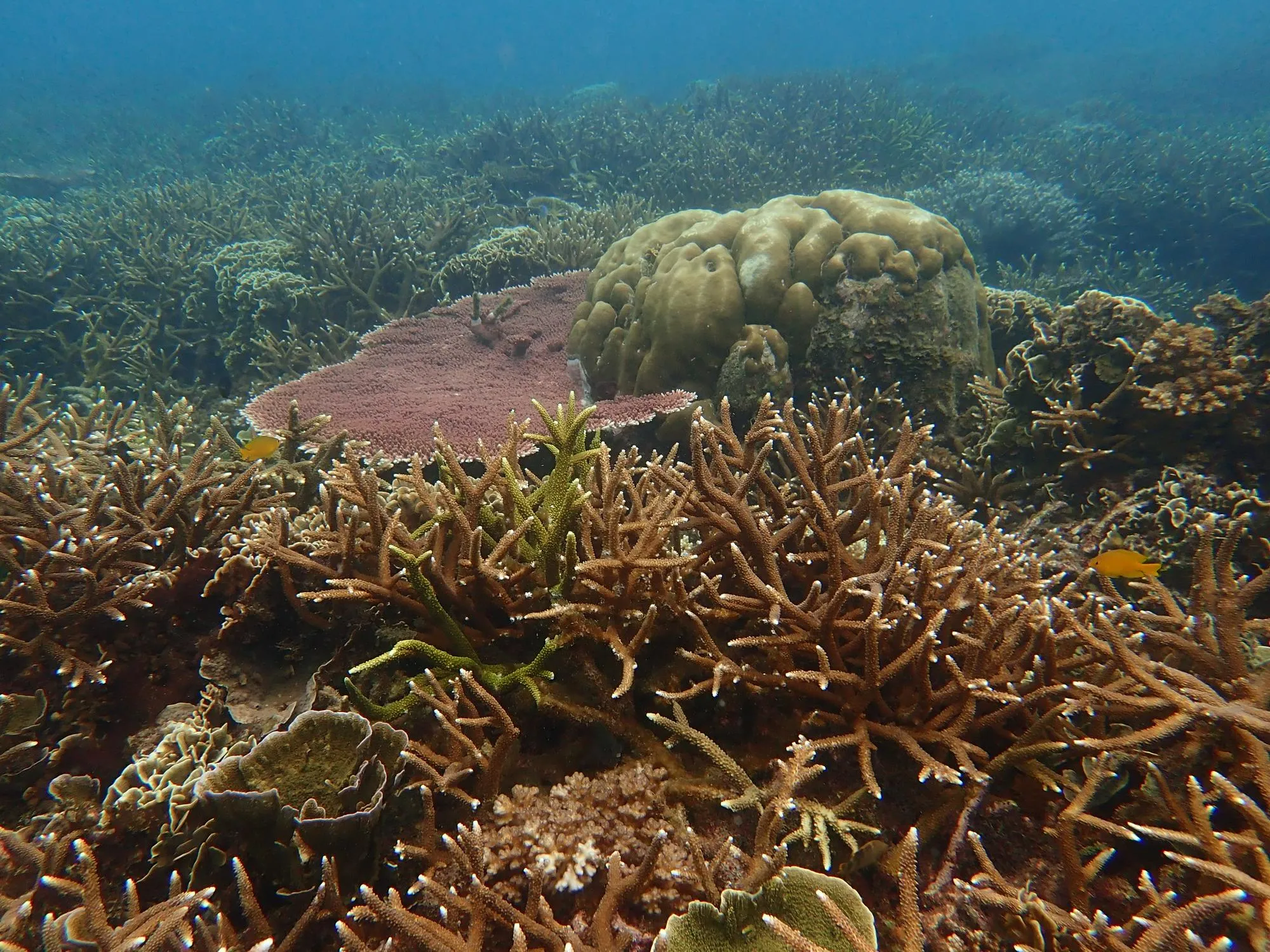Introduction
As the world grapples with the escalating climate crisis, the urgency to protect and rebuild our planet’s natural ecosystems has never been more profound. Among these ecosystems, coral reefs stand out as both incredibly vital and extremely vulnerable. A groundbreaking study, harnessing the resilience of naturally occurring heat-tolerant corals, could offer a glimmer of hope for these biodiversity hotspots. Published in Proceedings of the National Academy of Sciences (DOI: 10.1073/pnas.1721415116), scientists Megan K. Morikawa and Stephen R. Palumbi from Stanford University reveal a promising approach to constructing bleaching-resistant coral nurseries.
The Bleaching Battle: Understanding the Threat
Coral bleaching events, driven by increased sea temperatures, leave coral reefs weakened and susceptible to disease and death. The 2015 bleaching event in American Samoa provided an acute lens into the threat posed by climate change. It emphasized the need for effective measures to protect corals, part of a broader imperative for ecological restoration under shifting global conditions (Parmesan & Yohe, 2003; Hughes et al., 2017).
Harnessing Heat-Tolerant Corals: A Methodology of Hope
This revolutionary study builds on previous research evaluating the ecological success of restoration initiatives (Wortley, Hero, & Howes, 2013) and the cost and feasibility of marine coastal restoration (Bayraktarov et al., 2016). It aimed to determine if parent corals that possessed natural heat tolerance could retain this resilience when cultivated in nurseries, and if certain proxies could predict the survival and thriving of these colonies.
Study Design and Startling Discoveries
The researchers strategically selected 800 coral fragments from 80 colonies across four species, each chosen for their varying degrees of heat tolerance identified through prior experiments. Following the bleaching event, coral nursery stock originating from heat-tolerant parents exhibited significantly less bleaching, maintaining two to three times the resilience compared to less tolerant counterparts.
Moreover, genetically diverse corals endured the bleaching incident more robustly, suggesting that genetic diversity plays a crucial role in coral resilience to climate-induced stress (Bay & Palumbi, 2014). The researchers found three proxies – the response to experimental heat stress, reef location, and thermal microclimate – to be effective predictors of thermal tolerance across species.
Implications for Conservation and Ecological Restoration
The viability of restoration projects often sits on a balance between cost, genetic suitability, and ecological suitability (Coles, Jokiel, & Lewis, 1976; Seebacher, White, & Franklin, 2015). This study’s results demonstrate that identifying and cultivating temperature-resilient corals could pave the way for creating bleaching-resistant multispecies nurseries. Such nurseries are likely to persist through recurrent bleaching events, a crucial consideration in restoration strategies (Bayraktarov et al., 2016).
These findings effectively show that selecting for host and symbiont resilience is a viable path forward, aligning with growing evidence that dynamic and integrative restoration approaches are necessary to manage the anticipated shifts in climate conditions (Ibáñez et al., 2012; Cochrane et al., 2015).
Complexity Beyond Proxies: The Role of Molecular Biomarkers and Genotype
While simple proxies serve as tools for predicting tolerance, the study also points toward the promise of molecular biomarkers, though highlighting their species-specific nature (Jin et al., 2016; Oliver & Palumbi, 2011). The distinct reaction of various coral clones within the same species underlines the complex interplay between colony genotype and symbiont types in dictating bleaching susceptibility (Cunning et al., 2015; Little, van Oppen, & Willis, 2004).
Symbiont Diversity: An Asset for Coral Survival
The research underscores the significance of the symbiont genus in determining coral resilience (LaJeunesse et al., 2018). The ability of some corals to shuffle their symbiotic partners to more heat-tolerant strains offers a natural mechanism to cope with rising temperatures (Berkelmans & van Oppen, 2006). This insight into symbiont-diversity could be an asset for coral survival and is a promising area for future restoration efforts.
Practical Applications and Future Directions
Morikawa and Palumbi’s findings inject optimism into the narrative of coral restoration, providing a blueprint for identifying and using naturally climate-tolerant corals. The synergistic relationship between these corals and their symbionts lays down a robust foundation for constructing bleaching-resistant nurseries, a critical step in the broader quest for ecological restoration (van Oppen et al., 2015; Lohr & Patterson, 2017).
However, while the study offers valuable insights, the road to successful restoration and resilience is not without hurdles. It requires a comprehensive understanding of thermal extremes, biological variation, and the potential for evolutionary responses to the changing climate (Kingsolver & Buckley, 2017; Edmunds, 1994). Additionally, the importance of local adaptation in restoration initiatives (Havens et al., 2015; Johnson et al., 2015) and the role of phenotypic plasticity in enhancing climate change resilience (Kenkel, Almanza, & Matz, 2015; Kingsolver & Huey, 1998) cannot be overlooked.
Concluding Thoughts: A roadmap for Resilience
Amidst the climate crisis, Morikawa and Palumbi’s study offers a focused and pragmatic approach to coral conservation. The calculated selection of heat-tolerant corals for nurseries could be instrumental in safeguarding the future of coral reefs. This pioneering work not only enriches our understanding of coral biology and ecology but also serves as a call to action for scientists, conservationists, and policymakers globally to invest in strategies that bolster the resilience of these vital ecosystems against the backdrop of climate change.
Keywords
1. Climate Resilient Corals
2. Coral Bleaching Resistance
3. Ecological Restoration Climate Change
4. Coral Reef Conservation Strategies
5. Heat-Tolerant Coral Nurseries
References
1. Morikawa, M. K., & Palumbi, S. R. (2019). Using naturally occurring climate resilient corals to construct bleaching-resistant nurseries. Proceedings of the National Academy of Sciences, 116(21), 10586-10591. DOI: [10.1073/pnas.1721415116]
2. Wortley, L., Hero, J.-M., & Howes, M. (2013). Evaluating ecological restoration success: A review of the literature. Restoration Ecology, 21(5), 537-543.
3. Bayraktarov, E., et al. (2016). The cost and feasibility of marine coastal restoration. Ecological Applications, 26(4), 1055-1074.
4. Parmesan, C., & Yohe, G. (2003). A globally coherent fingerprint of climate change impacts across natural systems. Nature, 421(6918), 37-42.
5. Hughes, T. P., et al. (2017). Global warming and recurrent mass bleaching of corals. Nature, 543(7645), 373-377.
